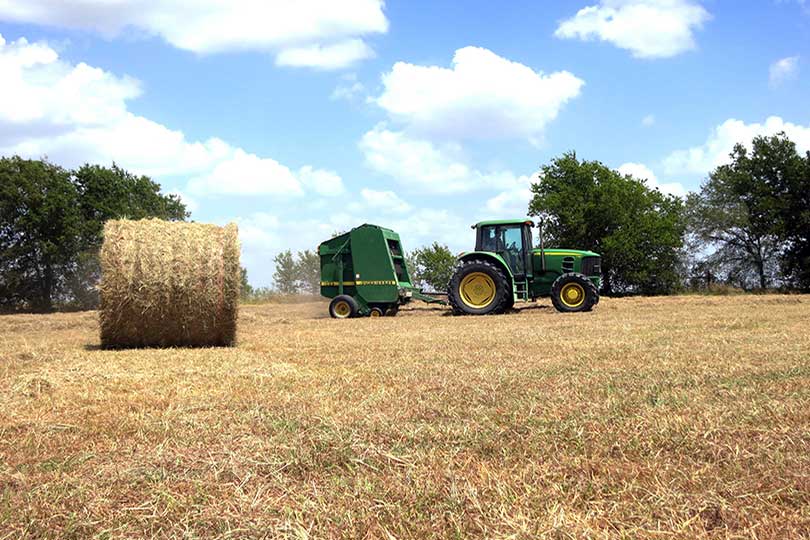Hay comes in various sizes and quality. And size really does matter. It impacts the total weight of hay in a bale, pounds of nutrients and how much is lost to spoilage during feeding and storage, according to Drovers CattleNetwork.
Cows don’t consume every pound of forage that goes into a large round bale. Losses associated with storing hay bales can cover a wide range—as little as 5 percent for bales stored inside a building or wrapped in plastic to as much as 28 percent for a bale stored outside with no cover.
And cows will waste hay. Factors that affect the waste include maturity, forage type, feeding method and time of year.
When purchasing hay, consider buying on a weight basis rather than by bale, according to Drovers CattleNetwork.
“Cows need to eat a defined amount of feed each day. It makes no difference to them if it comes from a small or large bale. However, small bales not priced appropriately, not stored correctly and not managed for proper feed-out present a variety of management issues. Purchasing hay on a bale basis rather than a weight basis can permit smaller, undersized bales to eat into your pocketbook,” Matt Hersom, Extension beef cattle specialist, said.

